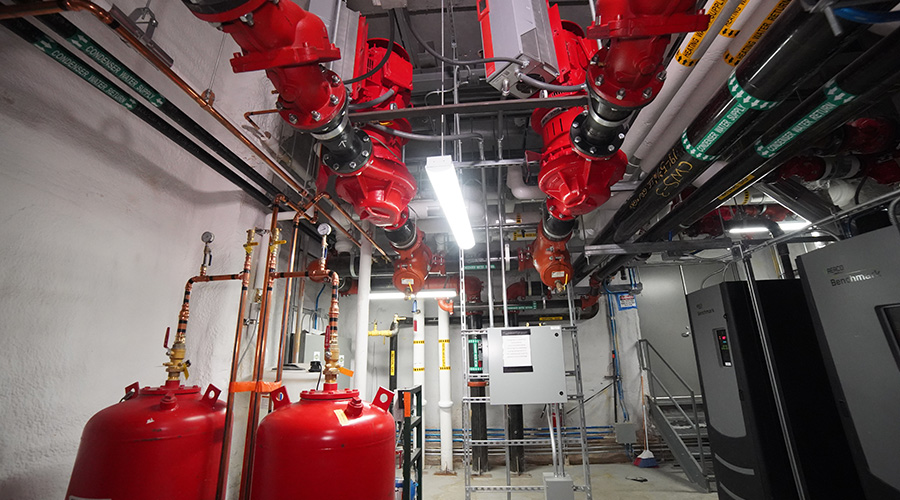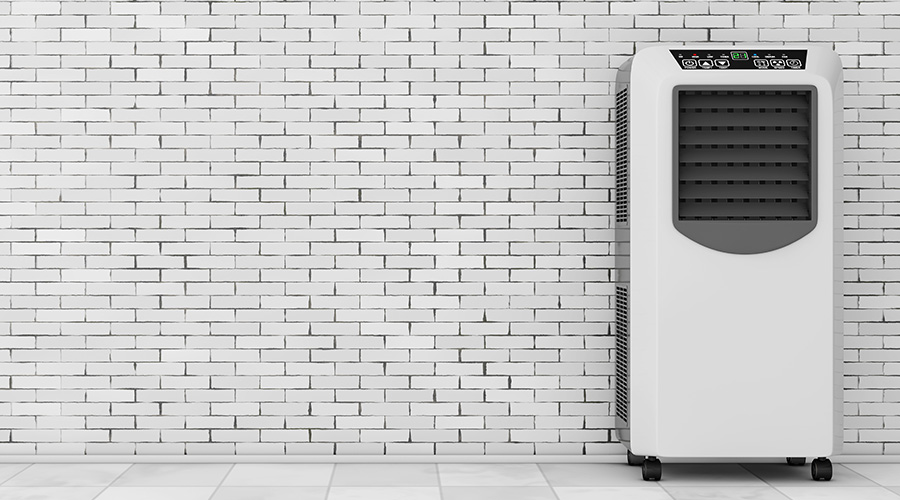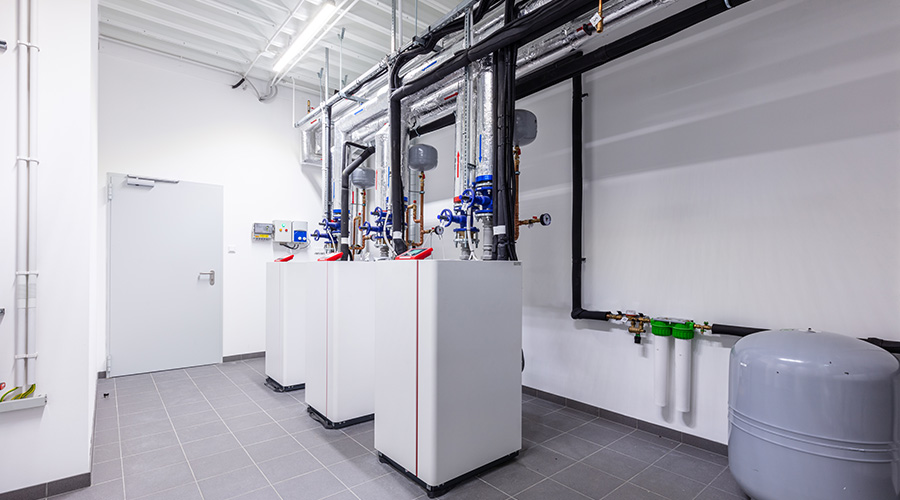HVAC Upgrades: District Focuses on Motors, Drives, Geothermal
Due to the various projects the district undertakes, it is important for facilities staff to have a resource they can use to keep track of the different green technologies and strategies. The district maintains a four-page document highlighting sustainable strategies in all aspects of facilities, including HVAC, recycling, lighting, transportation, water and land conservation, and purchasing.
HVAC upgrades are responsible for many of the improvements in energy efficiency and the indoor environment. As part of its green and sustainable strategies document, the district lists the following elements specific to HVAC systems:
- variable-frequency drives on ground-source loop pumps and cooling-tower fan motors
- premium-efficiency motors
- carbon-dioxide sensors in HVAC systems serving large areas
- geothermal heating and cooling systems.
"We want to use the most current and latest technology as best we can, but we never like to be guinea pigs," Silver says. "We like to use proven technology and proven products with a track record whenever we can. You're also thinking about energy usage and indoor air quality. One thing we're paying close attention to is the impact of mechanical HVAC equipment on the acoustics in the classroom."
The district completed five HVAC upgrades this summer, and geothermal installations were part of each project. The systems have been achieving the energy savings and IEQ goals the district expected, and the maintenance requirements have been minimal, Silver says.
"When you get down to it, you're talking about quarterly filter changes in your units, and at start-up time, we clean the strainers for the circulation loop," he says. "Usually, 6-12 months into the school year, we'll clean those same strainers again. For the most part, if you keep your strainers clean, the water flowing and the filters clean, you should be in good shape. It might even have less maintenance requirements in some cases compared to our old hot-water and steam systems."
Related Topics:















